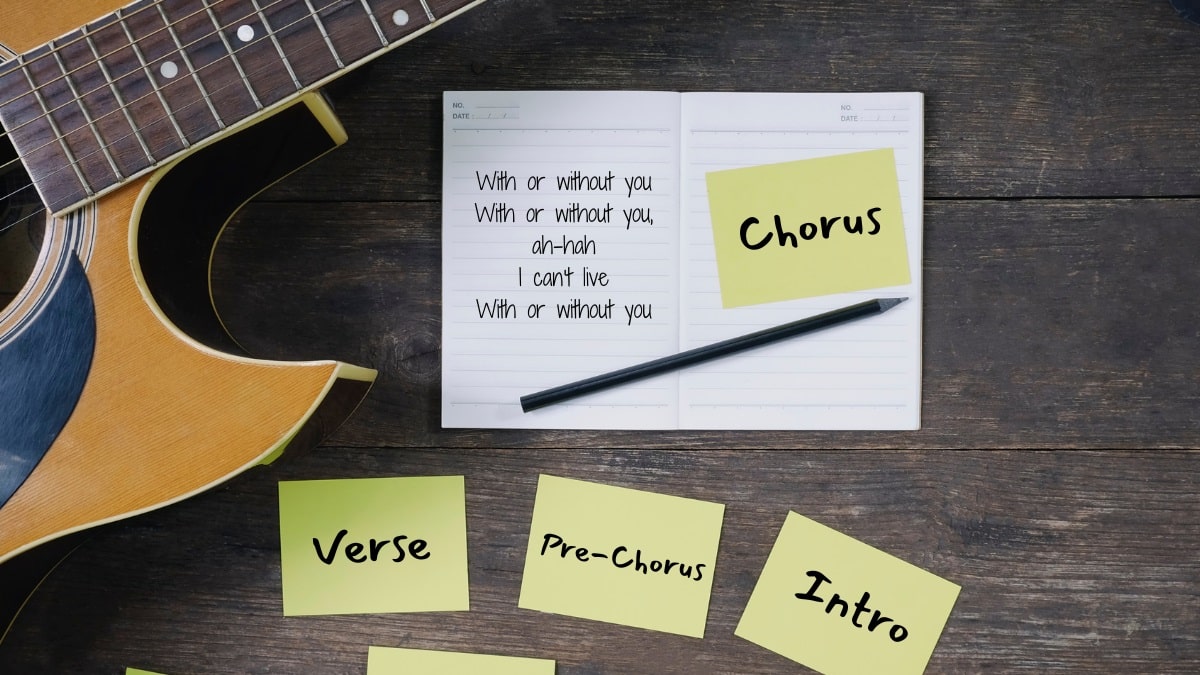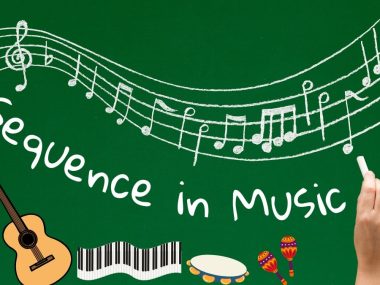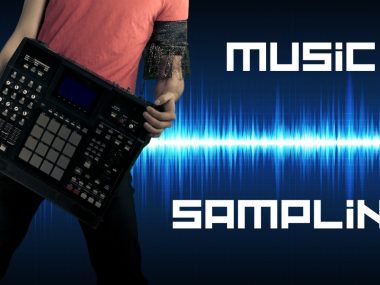You’re out with friends on a Friday night and one of your favorite songs comes on. Everyone’s either singing at the top of their lungs or letting the rhythm take over at the dancefloor.
You stop and wonder for a second, what makes music so inherently stimulating?
The truth is, there are a lot of elements that make a song memorable. However, one of the most impactful sections of any song is the chorus.
In this article, I’ll discuss how choruses are used in music and how to identify a chorus just by listening.
Interested in creating a catchy chorus? I’ve also added a five-step guide to creating a chorus people won’t forget.
Let’s get started!
What Is a Chorus?
In simple terms, a chorus is a section of the song that’s typically repeated more than once. Think of the most memorable part of any song you’ve heard before. That’s probably the chorus!
So, what makes choruses so impactful? Choruses aren’t just bland phrases that repeat themselves over and over. They consist of catchy hooks, interesting chord progressions, and lyrical motifs.
There’s no certain standard when it comes to choruses. Some songs contain a single chorus between the verses; others completely revolve around a chorus that repeats itself a few times.
It’s easy to figure out which part is the chorus. All you need is a basic understanding of how a song is structured.
How Songs Are Structured
To identify a chorus just by listening to the song, you need to understand the six main components of any song.
Intro

The intro is how the artist grabs your attention. It aims to set the melody, rhythm, and tempo of the song.
Intros should start slow and not overwhelm the listener. It’s usually played slower or in a lower key than the rest of the song.
Verse
The verse is where most of the storytelling happens. The artist uses the verse to develop the story further.
Remember, the chorus and pre-chorus are typically repeated throughout the song. The verse is the only chance an artist gets to tell his story and explore different emotions.
Pre-Chorus
Not all songs contain a pre-chorus, but a pre-chorus can be used for a variety of reasons.
First, a pre-chorus can be used to add to the impact of the chorus. Think of it as the drumroll before the big drop.
Second, you can add a pre-chorus if you feel the song is too monotonal. A pre-chorus can break the familiarity and keep the listener hooked for the rest of the song.
Similar to the chorus, the pre-chorus is also repeated throughout the song. It always precedes the chorus and carries the same message. However, a pre-chorus usually contains a different melody or harmony to spice things up.
Chorus
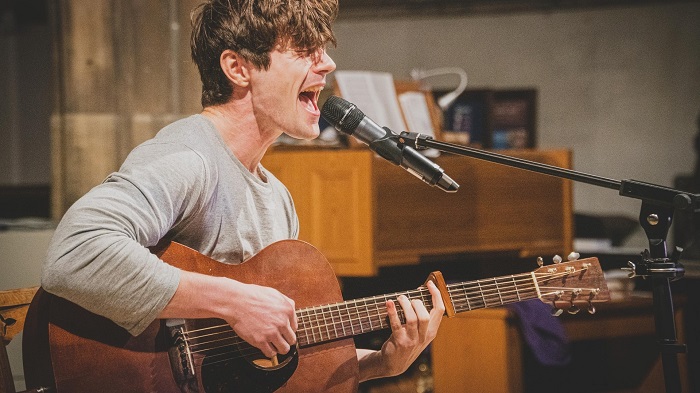
This is the part people sing at the top of their lungs. The culmination of everything you’ve been building up.
The chorus shouldn’t continue where the verse had left off. Instead, it should contain the main purpose of the song; a summary of the main idea.
Think of the chorus as the climax of the song; the release of all tension. A good chorus must have a catchy melody and memorable lyrics.
Bridge
The bridge is a little similar to the pre-chorus but more independent. Think of the bridge as a change of pace.
Right after the second or third chorus, when the song starts getting somewhat repetitive, a bridge takes things back to the tension before the chorus.
Musicians use bridges to add nifty guitar solos, melodies in a relative key, and many more.
A bridge is meant to stand out just as much as the chorus, and musicians unleash their creativity when adding bridges.
Outro
The end. After a rollercoaster of emotions, the listener wants to go back home. This is where the song slows or becomes stripped down.
Another way to end a song is to play the chorus again, then add a slow fade-out.
The ABABCB Structure

It’s a common occurrence for new songs to sound oddly familiar to us. This is because most songs follow a certain pattern known as the ABABCB structure.
It goes verse, chorus, verse, chorus, bridge, and then chorus. A stands for verse, B stands for chorus, and C stands for bridge.
Some of the most iconic songs in pop music follow this structure. Listen to High and Dry by Radiohead or Hot N Cold by Katy Perry. You’ll find that they share the same pattern despite being completely different songs.
Pull up the lyrics for either song and you’ll realize how the chorus plays a key role in giving the song its character.
Look for more songs with the same structure and try to guess which part is the chorus. You’ll soon be able to identify the chorus before it even starts!
Other Common Song Structures
Now that you have a better understanding of how choruses work, let’s take things up a notch.
In the world of songwriting, artists constantly think of new ways to resonate with the listeners. This means a lot of the songs you hear may follow a different song structure.
Across all genres, three structures have been tried and tested for decades. They largely follow the ABABCB structure, with little variation.
32-Bar-Form (AABA Structure)
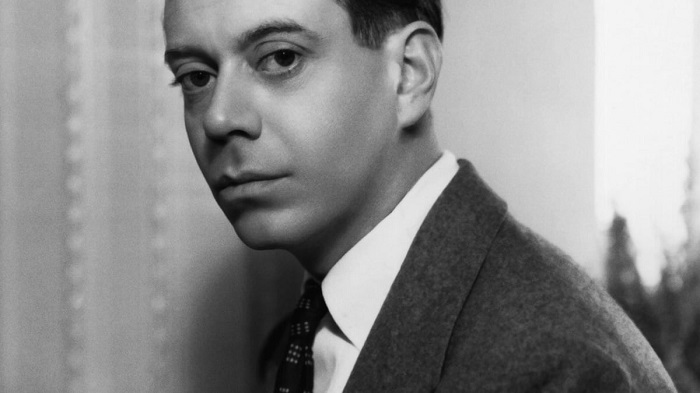
The 32-bar structure rose to prominence in the early twentieth century, with artists like Cole Porter and Bing Crosby using it for most of their songwriting.
This structure consists of a verse that extends for eight bars, followed by another verse with a similar harmony that also extends for eight bars.
The first two verses are where most of the storytelling takes place. The melody is usually extremely catchy with clever lyrics that keep the listeners hooked up until the chorus.
The chorus is also an eight-bar section that creates a shift in the original harmony, usually contrasting the previous verses and breaking the previous pattern.
Finally, the song ends with a final verse that extends for eight bars. This verse takes the song back to its core melody and ends in a downtempo or fade-out that brings closure to the listener.
The 32-bar structure has now been largely replaced by the more common ABABCB structure. However, many rock songs up until the 1970s cleverly utilized the two eight-bar verses for a more profound storytelling experience.
Some of the most famous examples are:
- Surfer Girl by The Beach Boys
- Great Balls of Fire by Jerry Lee Lewis
- All I Have to Do Is Dream by The Everly Brothers
After listening to these songs, did you guess which part was the chorus?
Verse-Chorus Structure
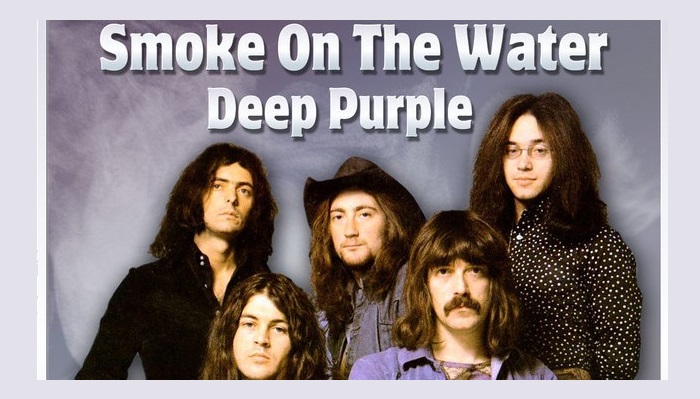
The verse-chorus structure is closer to the ABABCB structure than the 32-bar structure. It relies heavily on the chorus to set the direction of the song and was used across all music genres.
The whole song consists of two sections that repeat two or three times. The verse starts with some storytelling then the chorus comes in with the song’s motifs and unique lyrics.
What sets this structure apart is how substantially different the chorus is from the rest of the song. The chorus heavily contrasts the verses with a different rhythm and usually a different melody.
Some of the most popular songs are:
Five Steps To Create a Memorable Chorus
Here are five steps to creating a chorus people won’t forget.
1. Come Up With a Catchy Hook

A hook in music is an idea that gets stuck in the listener’s head long after they’re heard the song.
You’ll come across a lot of guides that tell you a hook must be a memorable vocal line or melody played in a specific chord progression.
In reality, a hook can be anything you’d like it to be. No rule specifies how a hook should be written. It’s all about experimenting with different vocals and samples until you find something you like.
So, with that said, a hook can be a cool rhythm on the drums, a vocal, or even humming or whistling.
If you want to come up with a nice hook, try playing the chords of your chorus in a loop. This will allow you to improvise a catchy hook while recording.
Once you’re done improvising, listen to the recording again and start reworking your hook. With some trial and error, you’ll find your killer hook.
2. Create a Melody
Now that you have your hook, you need a melody to go with the chorus. Remember, the melody of the chorus must be different than the verses.
There are a lot of ways you can create a melody. For example, some musicians use the same melody throughout the chorus and focus on changing the lyrics.

This puts a lot of weight on the lyrics. If the lyrics aren’t memorable, they may not catch the listener’s attention.
Another thing you can try is to add the hook, then complement it with a nice melody. Look at Kings of Leon’s “Sex on Fire,” for example.
One of the reasons this song is so memorable is how the chorus starts with the hook “Yeah!”, then transitions into a melody.
Don’t be afraid to get out of your comfort zone, especially when experimenting with new sounds. Once you have the hook, developing a melody around it should be easy.
If you don’t have a library of samples, you can check some libraries that offer hundreds of thousands of different samples.
3. Write Some Lyrics
Writing the lyrics can be tricky for some and incredibly easy for others. However, the process of brainstorming lyrics doesn’t depend on how good you are with words.
The winning formula here is to come up with relatable lyrics that stay true to the song’s narrative. A common mistake with new musicians is that they include forced lyrics into the chorus just because it rhymes or fits the melody.
My advice? Try to keep it simple. Start by playing the melody in a loop and just humming over the music. You don’t have to come up with the whole thing in one sitting.
Instead, as you hum along with the melody, try to add words or short phrases that you feel fit the narrative of the song while matching the sequence of the chorus.
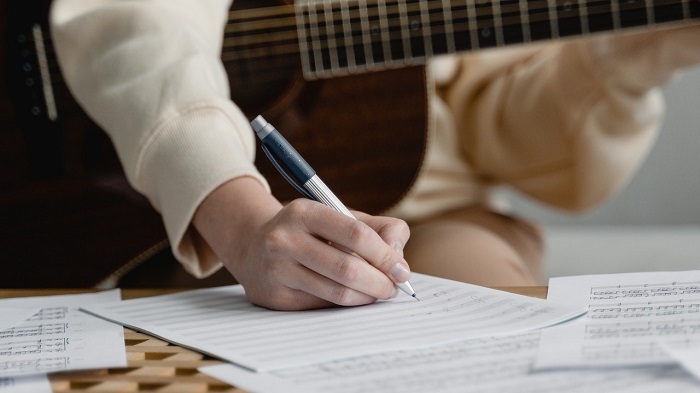
Keep doing this until you fill in most of the lyrics. When you’re done, take a short break.
I always get new ideas in the 15 minutes in which I make my coffee. It happened so many times that I started adding a compulsory 15-minute break between brainstorming the lyrics and refining them.
Right, so you’re back with a fresh cup of coffee (or your favorite beverage), now what?
Refining the lyrics is simply checking to see if everything falls into place. You should fill the gaps, change things you don’t like, and sing the chorus over and over again.
For example, if you’re writing a sad song with a minor chord progression, make sure your lyrics match the music.
Here’s another great tip: if you already know what the title of your song is, include it in the chorus. It’s a common practice between musicians to include the title in the chorus. Remember, the chorus is supposed to emphasize the message of your song.
4. Add Dynamics
Adding dynamics to the chorus is what sets it apart from the rest of the song. This can be done either by adding new samples, instruments, effects, and layers.
However, there’s also no specific rule on how to use dynamics. If you feel like it, you can play the chorus with fewer instruments or use the same effects.
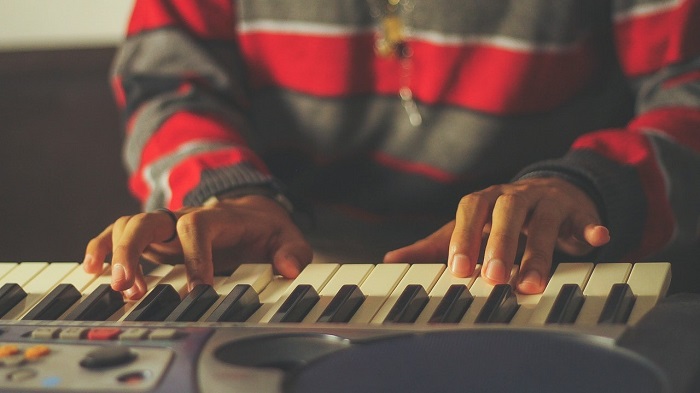
The goal here is to make the chorus as unique as you can without alienating it from the rest of the song.
Again, don’t be afraid to experiment with different sounds. At the end of the day, you’re the only one who’s listening. Worst case scenario, you’ll just delete it and start over; best case scenario, you have a billboard top 50 song.
5. Repeat
Once the chorus is ready, you can either copy the whole thing over to the next chorus or change things up a bit.
Changing things up involves extending the chorus, adding layers, or subtly changing the lyrics.
